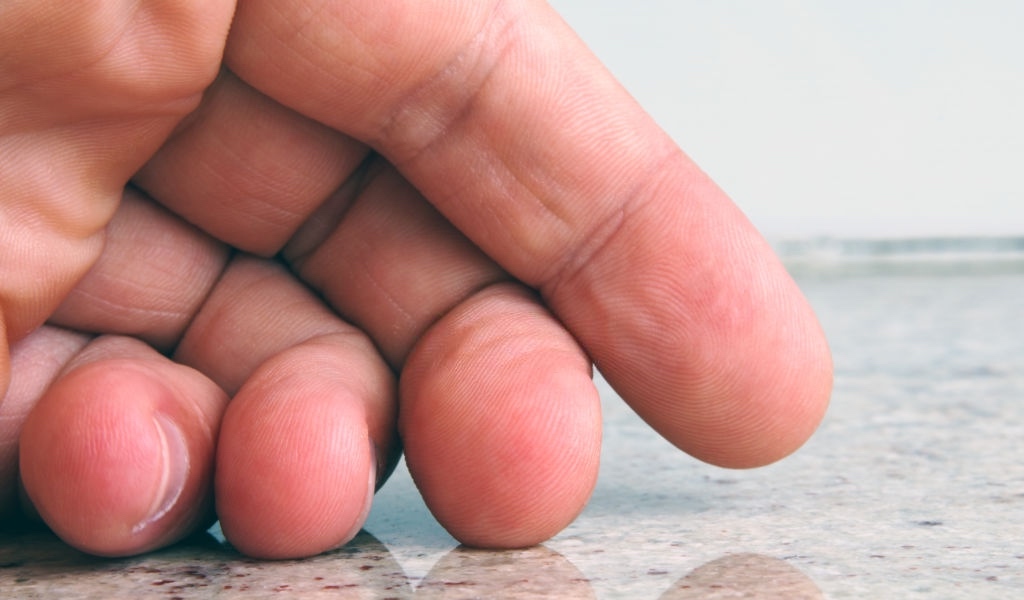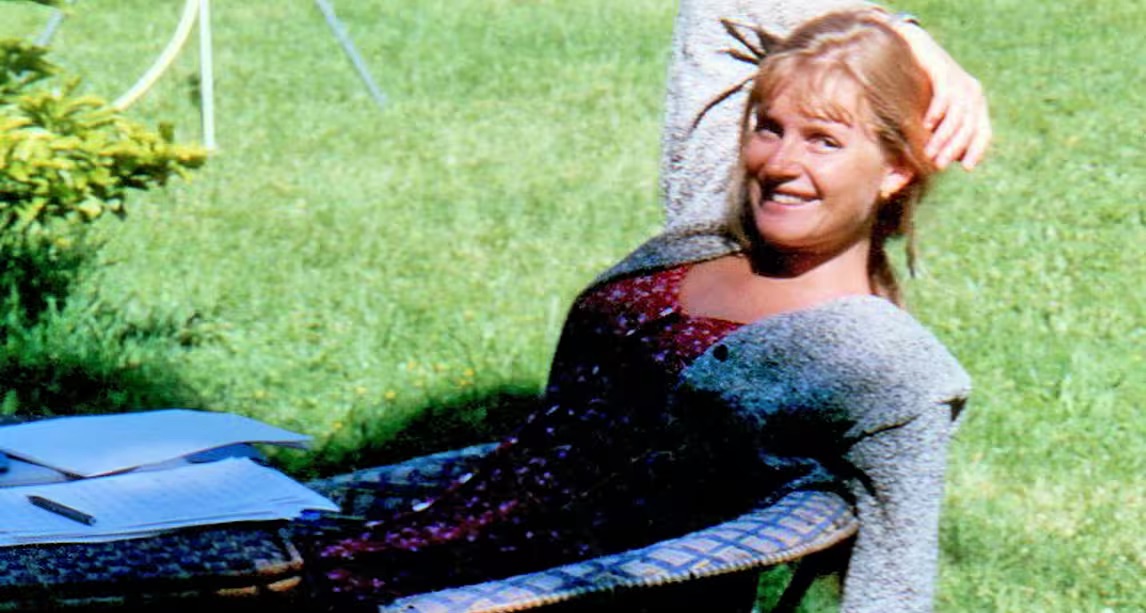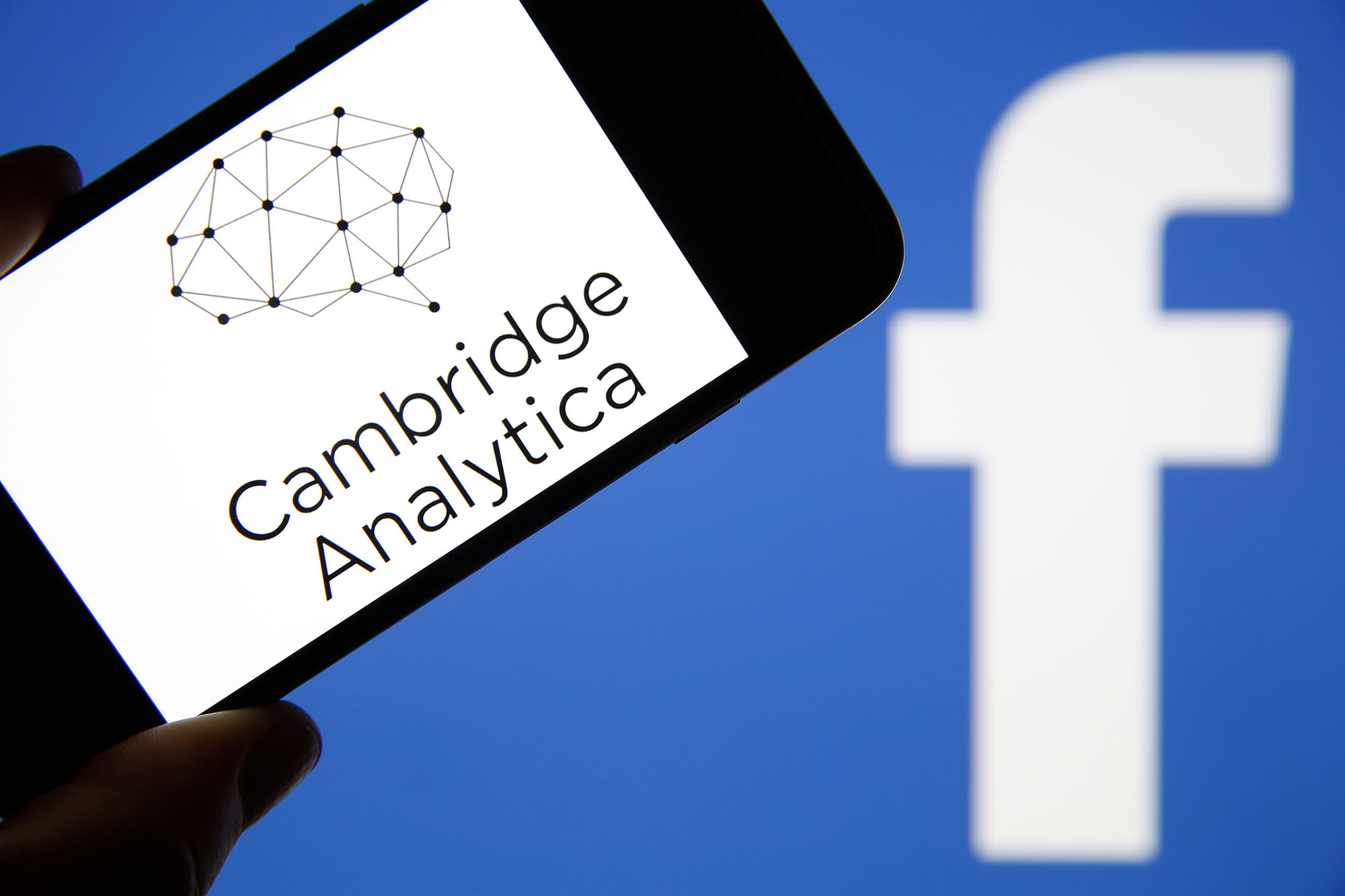Now Reading: Role of Touch DNA, When No Other Relevant Evidences are Present at Scene of Crime
-
01
Role of Touch DNA, When No Other Relevant Evidences are Present at Scene of Crime

Role of Touch DNA, When No Other Relevant Evidences are Present at Scene of Crime
Nowadays everyone aware of DNA but in those people, only a few of them know about “Touch DNA” whereas it was first discovered and published in 1997. An American scientist discovers this and told everyone that just a single touch can transfer DNA to objects or anything which anyone physically contacts. No one knows that a single touch or contact tells their genetic information only some of them just aurally perceived about Touch DNA but don’t know about it properly.
Touch DNA is a DNA which can be found anywhere or on anything which comes in contact with any human. Touch DNA is additionally known as “Contact Trace DNA” because a single touch or contact leaves traces on objects. Skin or epithelial cells are responsible for the Touch DNA sample which can be found at the scene of crime facilely and it is not visible to naked eyes. Any objects present at the scene of crime have the possibilities that Touch DNA will be present on that object.
Based on the Locard’s Exchange Principle, which states that “Every contact leaves Traces”, this principle properly suitable for this evidence, when any other pieces of evidence were not found at the scene of crime Touch DNA will be the only evidence plays a major role and increase the possibilities to solve the case.
Humans shed approximately about 400,000 skin or epithelial cells per day. That’s why we can facilely get these cells from the scene of a crime which tells us who all are present at the scene of a crime or who is cognate to the crime scene on the substratum of this evidence forensic expert can know about suspects or sometimes knows the perpetrator additionally. Only 7-8 cells are required to do DNA profiling, even with a small amount of sample identification of the perpetrator can be done.
Role of Touch DNA:
Touch DNA plays a major role in that case in which no other pieces of evidence were found like biological, physical or any other visible evidence, in that cases forensic experts go with this Touch DNA evidence because it is certain that there will be any contact occur at the scene of the crime which may leave some traces. When any crime committed at any place there will be maximum chances that perpetrator can shed their skin or epithelial cells, which can be found anywhere at the crime scene it may be present on the murder weapon, mobile phone, clothes, door, table, laptop, glass, the body of the victim, etc. If these things can amass and preserve opportunely it can give Touch DNA by which experts can link the perpetrator to the scene of the crime and gives experts a very fine result after DNA profiling by which they can solve the case. Sometimes Touch DNA plays a very crucial role in the investigation process and only on the substratum of this evidence many old cases were solved.
Collection methods of Touch DNA: Touch DNA can be collected in many ways but most felicitous methods are swabbing with dry or wet cotton and cutting. Minute samples are sufficient for DNA detection or analysis so if suspects are there then collect the sample by swabbing buccal or cheek cells with the avail of cotton and preserve it punctiliously. If some clothes are present at the scene of crime then cut some piece of clothes or preserve it. If there are no visible pieces of evidence are present the crime scene then take some sample with the avail of swabbing or tapping method from the objects(like glass, doorknob, window, table, etc.) on which Touch DNA may be present.
Some of the cases examples are here in which Touch DNA plays a major role:
- Krystal Beslanowitch’s murder case: Beslanowitch was 17 years old at the time when she died by the crushing her skull and her body was found in the river. After many years in 2013 with the help of Touch DAN this case solved, DNA extracted from granite rock by which her skull crushed. Extracted DNA matched with Joseph Michael Simpson who was a driver of resort bus.
- Double murder case: Alan Garna and his mother Julianna both were found dead in their own house. Touch DNA was found on the toilet paper tube which was at the scene of the crime on the bases of touch DNA this case solved.
- David Camm’s case: David was released after 13 years and proved not guilty in his third trial. Touch DNA found on his wife’s (victim) nails proved that Charles Boney was the murderer of his wife.
- Brianna Denison kidnapping and murder case: Brianna was 20 years old at the time of her death. Touch DNA found from the doorknob where she was staying when she was kidnapped and from her panty also both DNA matched with James Biela, who was found a guilty letter.
Some limitation of Touch DNA: There are high chances of contamination of samples, Sometimes a person who had never comes in contact with that object on which his/her Touch DNA were found because of DNA’s touch and transfer properties it may come there by a person to person touch. American scientist who discovered Touch DNA withal believes in Touch DNA may appear on that object withal that they had never physically contacted. Sometimes Touch DNA transfer erroneously present at the scene of the crime because of touch transfer property. It withal very extravagant technology and need more attention while doing this analysis.
Conclusion
Touch DNA is DNA which can be found at the scene of crime facilely because its leave traces by contact and its plays a major role in that case in which no other pieces of evidence were found from the scene of the crime. Humans shed proximately about 400,000 skin or epithelial cells per day. That’s why we can facilely get these cells from the scene of the crime on the substructure of Touch DNA many cases were solved which were closed due to shortage of evidence. Touch DNA collection method is very simple, that is swabbing and cutting, those samples need more attention while handling this or preserving. There are some inhibitions of touch DNA but except this, it is the best technology to sole malefaction which has no other visible pieces of evidence.
References
- www.crime-scene-investigator.net
- T., sowmyya. (2016, February). Touch DNA: An investigating tool in forensic science.
- Tang, A. links open overlay panel J. (2019). Touch DNA in forensic science: The use of laboratory-created eccrine fingerprints to quantify DNA loss. Forensic Science International: Synergy, 2, 1–16.
- Alketbi, S. K. (2018). The Affecting Factors of Touch DNA. Journal of Forensic Research, 9(3), 424. doi: 10.4172/2157-7145.1000424
- Sessa, F., Salerno, M., Bertozzi, G., Messina, G., Ricci, P., Ledda, C., Pomara, C. (2019, July 2). Touch DNA; impact of handling time on touch deposit and evaluation of different recovery techniques: An experimental study.
- Sankhla, M. S. (2017). Identification of Criminal by using Touch DNA: A new Tool for Investigation in Forensic Science. Imperial Journal of Interdisciplinary Research (IJIR), 3 (5).
- https://www.forbes.com/sites/marinamedvin
- https://www.sciencedirect.com/topics/neuroscience/touch-dna
Author:- Beauty Anand, Intern at Legal Desire (2020)
She was born in Bihar and brought up in Delhi. She completed her B.Sc. in Forensic Science from Lovely professional University. She is currently pursuing M.Sc. Forensic Science from Galgotias University. She has done Internship in three government Forensic Science Labs (Dharamshala, Himachal Pradesh; Patna, Bihar and Dehradun, Uttrakhand). She has attended many international and national conferences some of them are 106th Indian Science Congress, Cyber security conference organized by CDI and Cyber-crime conference organized by FSL Dharamshala. She has also presented her research work as a poster in AGORA conference organized by Department of Forensic science Galgotias University and got 1st prize. Apart from academics she also has some achievements in extracurricular activities.











